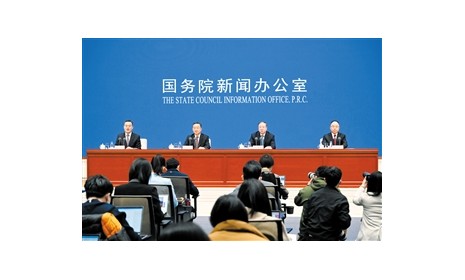食品伙伴网导读:2009年3月5日,欧盟食品安全局就采用纳米技术的食品和饲料所潜在的危害发表意见。
原文报道:EFSA is today publishing its scientific opinion on nanoscience and nanotechnologies in relation to food and feed safety. EFSA’s Scientific Committee (SC) has concluded that established international approaches to risk assessment[1] can also be applied to engineered nano materials (ENM). The SC also concluded that a case-by-case approach would be necessary and that, in practice, current data limitations and a lack of validated test methodologies could make risk assessment of specific nano products very difficult and subject to a high degree of uncertainty.
This opinion focuses on the use of nanotechnologies, particularly ENMs, in the food and feed chain. It elaborates on approaches and methodologies available for risk assessment of these very small particles but does not address any specific applications of particular ENMs. The European Commission (EC) asked for this opinion because consideration needs to be given as to whether existing risk assessment approaches can be appropriately applied to this new technology.
The EFSA SC recommends that additional research and investigation is needed to address the many current uncertainties and data limitations. Specific recommendations include the following:
Prof Vittorio Silano, chair of EFSA’s Scientific Committee, said:
“The Scientific Committee has concluded that in principle it is possible to undertake risk assessments in this emerging scientific area by making use of available international approaches. However, given current data gaps and limitations in a number of cases, it may be very difficult to provide fully satisfactory conclusions.
“This issue will remain a priority for EFSA’s Scientific Committee. We are establishing a working group of experts to be kept informed of any emerging scientific and other data that will help us deliver the best possible scientific opinions based on the most up-to-date evidence available. EFSA will take a cautious case-by-case approach and looks forward to further data and research becoming available to help inform future scientific opinions.”
EFSA’s SC, which includes the chairs of all of EFSA’s Panels, has undertaken this work as it has a multi-disciplinary character and is relevant to a number of the EFSA Panels’ respective areas of expertise. The SC has been assisted by a working group of scientists with relevant expertise. Feedback from a public consultation held during 2008 was taken into account before the final opinion was adopted by the SC.
EFSA’s opinion will help the EC to explore appropriate measures, assess existing legislation and determine the scope of possible further requests for scientific opinions from EFSA in this field. EFSA has already received a small number of such requests and is adopting the case-by-case approach.
详情见:EFSA is today publishing its scientific opinion on nanoscience and nanotechnologies in relation to food and feed safety. EFSA’s Scientific Committee (SC) has concluded that established international approaches to risk assessment[1] can also be applied to engineered nano materials (ENM). The SC also concluded that a case-by-case approach would be necessary and that, in practice, current data limitations and a lack of validated test methodologies could make risk assessment of specific nano products very difficult and subject to a high degree of uncertainty.
This opinion focuses on the use of nanotechnologies, particularly ENMs, in the food and feed chain. It elaborates on approaches and methodologies available for risk assessment of these very small particles but does not address any specific applications of particular ENMs. The European Commission (EC) asked for this opinion because consideration needs to be given as to whether existing risk assessment approaches can be appropriately applied to this new technology.
The EFSA SC recommends that additional research and investigation is needed to address the many current uncertainties and data limitations. Specific recommendations include the following:
Prof Vittorio Silano, chair of EFSA’s Scientific Committee, said:
“The Scientific Committee has concluded that in principle it is possible to undertake risk assessments in this emerging scientific area by making use of available international approaches. However, given current data gaps and limitations in a number of cases, it may be very difficult to provide fully satisfactory conclusions.
“This issue will remain a priority for EFSA’s Scientific Committee. We are establishing a working group of experts to be kept informed of any emerging scientific and other data that will help us deliver the best possible scientific opinions based on the most up-to-date evidence available. EFSA will take a cautious case-by-case approach and looks forward to further data and research becoming available to help inform future scientific opinions.”
EFSA’s SC, which includes the chairs of all of EFSA’s Panels, has undertaken this work as it has a multi-disciplinary character and is relevant to a number of the EFSA Panels’ respective areas of expertise. The SC has been assisted by a working group of scientists with relevant expertise. Feedback from a public consultation held during 2008 was taken into account before the final opinion was adopted by the SC.
EFSA’s opinion will help the EC to explore appropriate measures, assess existing legislation and determine the scope of possible further requests for scientific opinions from EFSA in this field. EFSA has already received a small number of such requests and is adopting the case-by-case approach.
日期:2009-03-06















